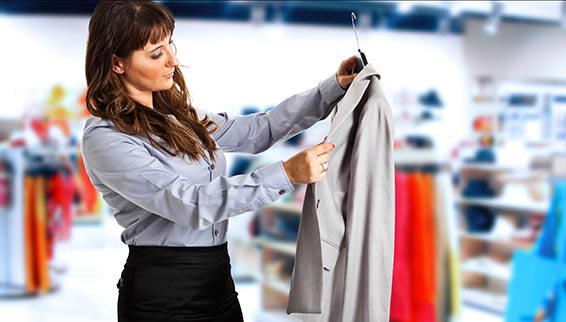Read Also
-
 general
generalFinding safer products
As information about the dangers of hazardous chemicals grows and consumer demand for safer chemicals increases, more and more companies are looking for safer alternatives.
-
 general
generalHow are chemicals controlled?
Life would not exist without chemicals - they are present in us, all around us, and in every product we buy. The European Union has the most ambitious chemicals laws in the world to protect us. Both companies and authorities have a role to play to improve safety.

